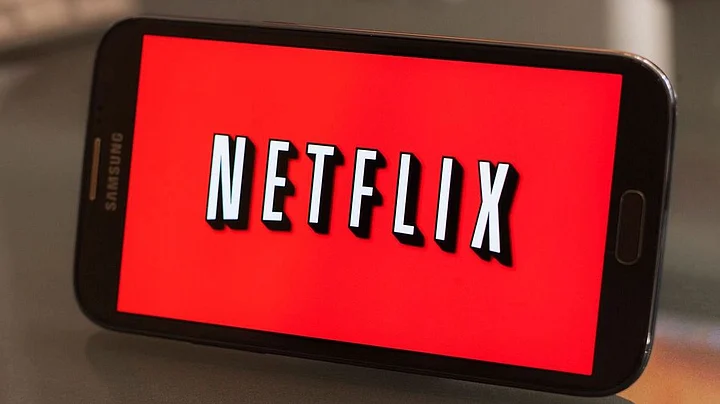Streaming giant Netflix has announced two new features aimed at cashing in on those who currently access the service using someone else’s account.
It's a fairly common occurrence – a 2019 survey from research boutique MoffettNathanson reportedly found that 14 percent of Netflix users in the United States admit to watching the service using someone else's account.
Netflix, which let this slide for about five years, is now planning to generate revenue from the unauthorised viewers. Over the next few weeks, it will launch and test the changes for its members in Chile, Costa Rica, and Peru.
"For the last year we’ve been working on ways to enable members who share outside their household to do so easily and securely, while also paying a bit more," Chengyi Long, Netflix's director of product innovation, wrote in a statement.
After studying its impacts and working out the kinks, it will likely roll out the changes to its customers worldwide. Here's the how and why:
What Are the New Features?
According to Netflix's terms of use, your account “may not be shared with individuals beyond your household.” They are testing two options to let freeloaders become legitimate customers, at a reduced price:
1. Netflix will let you add an extra member.
Members on its Standard and Premium plans will be able to add sub accounts for up to two people they don’t live with, who will each have their own profile, personalised recommendations, login and password. They will be charged, but at a lower price than buying a new membership.
2. It will let freeloaders transfer to a new account or sub account.
Members on Netflix's Basic, Standard, and Premium plans can enable people who share their account to transfer profile information either to a new account or a sub account, thus keeping their viewing history, lists, and personalised recommendations.
That's the carrot, but there will likely be a stick.
In March 2021 Netflix reportedly ran a test to reduce unauthorised password sharing. It asked users to verify that they were living at the same household as the the subscriber of the account, using an email or text verification code.
Netflix could use the same strategy this time around, paired with IP address tracking to determine the users' locations. The system might not be watertight, but it will likely nudge users to pay the reduced rates.
Why Is Netflix Doing This Now?
Netflix's subscriber growth is diminishing, so its looking to increase the revenue that each account generates. Netflix added just 18.2 million worldwide subscribers in 2021, compared to more than 36 million subscribers during 2020.
The service, which now has nearly 222 million subscribers worldwide, may be running out of growth options, and it needs increasing revenue to fund its expanding repertoire of high-budget shows and films.
"While (plans which allow multiple devices to stream) have been hugely popular, they have also created some confusion about when and how Netflix can be shared. As a result, accounts are being shared between households impacting our ability to invest in great new TV and films for our members," Long wrote in her statement.
This could explain why it recently increased prices in the US, UK and Ireland. In India, however, it reduced prices because of intense competition it faces from services like Amazon Prime and Disney Hotstar.
(With inputs from Recode and Variety)
(At The Quint, we question everything. Play an active role in shaping our journalism by becoming a member today.)
